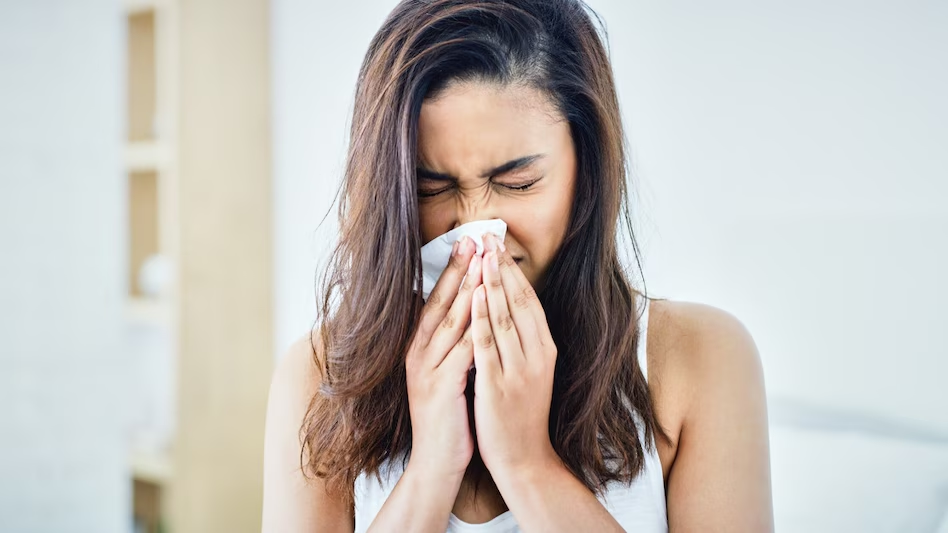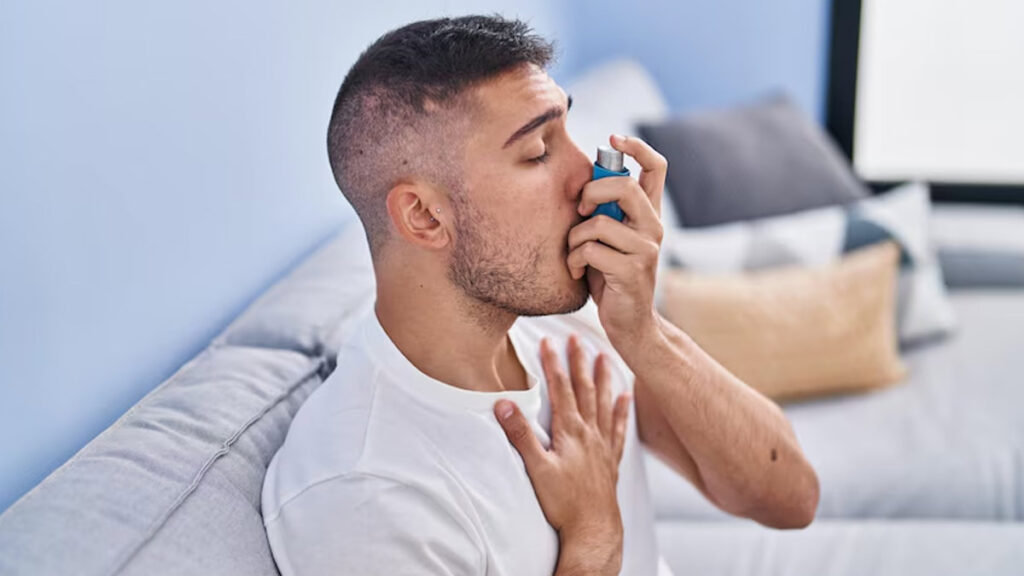The increasing air pollution in cities is taking a serious toll on public health, particularly impacting lung function. Doctors, especially pulmonologists, are witnessing a sharp rise in patients suffering from asthma. According to medical experts, the number of asthma patients has nearly doubled in just one year, underscoring the worsening impact of deteriorating air quality.
World Asthma Day is observed every year on the first Tuesday of May to raise awareness about asthma globally. This year, the day falls on May 6. Despite awareness campaigns, the number of asthma patients continues to rise. Experts attribute this alarming trend to the ever-increasing pollution in urban areas.
What is Asthma?
Asthma is one of the most common chronic non-communicable diseases that inflames and narrows the airways, making it difficult to breathe. According to the World Health Organization (WHO), over 260 million people worldwide are affected by asthma, and the disease causes for over 450,000 deaths each year, most of which are preventable.

Symptoms of asthma include difficulty breathing, chest tightness or pain, wheezing or whistling sounds while breathing, and persistent coughing, especially at night or early in the morning. These symptoms can vary in intensity and tend to worsen during asthma attacks.
Common asthma triggers include polluted air, dust particles, pollen, pet dander, mold, respiratory infections, physical activity, stress, sudden weather changes, smoke, strong odors, and certain medications.
Need for Public Health Initiatives
Dr. Sameer Garde, Director of Pulmonology and Lung Transplant at Gleneagles Hospital, noted that the number of asthma patients in Mumbai has doubled in the past year. A year ago, his outpatient department saw 5–6 asthma patients weekly; now, the number has increased to 10–12. Dr. Sangeeta Chekker, a respiratory specialist at Bankhart Hospital, Mira Road, reported a 20–25% increase in asthma cases in her clinic, as reported by Dainik Bhaskar.
This surge highlights the urgent need for public health initiatives focused on accessible treatment and preventive measures.
Persistent Pollution Levels
A recent report by environmental organization Respirer Living Sciences revealed that from 2021 to 2024, Mumbai’s annual average PM10 levels were 109.3, 119.7, 118.6, and 90.0 micrograms per cubic meter respectively — all well above the national ambient air quality standard of 60 micrograms per cubic meter.

Indoor Pollution Also a Major Factor
Dr. Garde emphasized that the rise in asthma cases is linked not only to outdoor pollution but also indoor air quality. Microscopic pollutants enter the respiratory system and block airways. He pointed out that household items like mosquito coils, incense sticks, cleaning chemicals, and lack of ventilation contribute significantly to indoor air pollution. Additionally, sudden changes in weather and high humidity levels can trigger asthma symptoms in people of all age groups.
Stay Safe from Dust and Pollution
Asthma patients must take extra precautions when stepping outside. If pollution levels are high, wearing a mask is a wise and safe choice. Avoid intense physical activity during the summer months, as it may lead to breathing difficulties. It’s also advisable to limit outdoor exposure during peak pollution hours.
Avoid Allergy Triggers
Asthma patients can be severely affected by allergens. To prevent allergic reactions, try to stay away from dust and soil. Some individuals may also be allergic to pet hair, so it’s important to avoid such triggers as well. Keep your home clean and ensure that dust does not accumulate. If you experience difficulty breathing, use your prescribed inhaler immediately. If the inhaler does not provide relief, consult a qualified doctor without delay.
